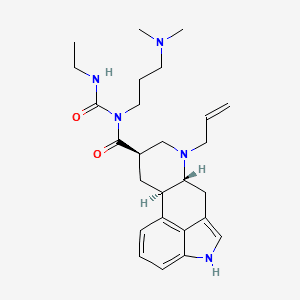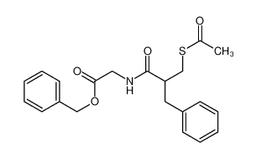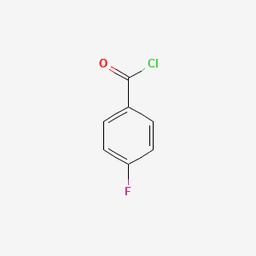

Cabergoline is a dopamine receptor agonist derived from ergot alkaloids. It is used to inhibit prolactin secretion, making it effective for treating hyperprolactinemia, prolactinomas, and Parkinson’s disease. It is a long-acting dopamine D₂ receptor agonist that suppresses prolactin production by binding to dopaminergic receptors in the pituitary gland. Cabergoline contains NLT 98.0% and NMT 102.0% of cabergoline, calculated on the anhydrous basis for the crystalline form and on the anhydrous and solvent-free basis for the amorphous form. 1-Ethyl-3-[3-(dimethylamino)propyl]-3-[[(6aR,9R,10aR)-7-(prop-2-enyl)-4,6,6a,7,8,9,10,10a-octahydroindolo[4,3-fg]quinolin-9-yl]carbonyl]urea, corresponds to Cabergoline and 1-[(6-Allylergolin-8β-yl)-carbonyl]-1-[3-(dimethylamino)propyl]-3-ethylurea is an alternative representation of its chemical structure.

Cabergoline is a dopamine receptor agonist derived from ergot alkaloids. It is used to inhibit prolactin secretion, making it effective for treating hyperprolactinemia, prolactinomas, and Parkinson’s disease. It is a long-acting dopamine D₂ receptor agonist that suppresses prolactin production by binding to dopaminergic receptors in the pituitary gland. Cabergoline contains NLT 98.0% and NMT 102.0% of cabergoline, calculated on the anhydrous basis for the crystalline form and on the anhydrous and solvent-free basis for the amorphous form. 1-Ethyl-3-[3-(dimethylamino)propyl]-3-[[(6aR,9R,10aR)-7-(prop-2-enyl)-4,6,6a,7,8,9,10,10a-octahydroindolo[4,3-fg]quinolin-9-yl]carbonyl]urea, corresponds to Cabergoline and 1-[(6-Allylergolin-8β-yl)-carbonyl]-1-[3-(dimethylamino)propyl]-3-ethylurea is an alternative representation of its chemical structure.

.3d8f8f41.svg)
Pharmaceutical
.3556d45a.svg)

Pharmaceutical Actives & Precursors


Intermediates & Precursors

Chemical Properties & Specifications
Acute Toxicity (Oral): Category 4 Skin Irritation: Category 2 Eye Irritation: Category 2A Specific Target Organ Toxicity (Single Exposure): Category 3
H302: Harmful if swallowed. H315: Causes skin irritation. H319: Causes serious eye irritation. H335: May cause respiratory irritation
P261: Avoid breathing dust/fume/gas/mist/vapors/spray. P264: Wash hands thoroughly after handling. P270: Do not eat, drink, or smoke when using this product. P301+P312: IF SWALLOWED: Call a POISON CENTER/doctor if you feel unwell. P302+P352: IF ON SKIN: Wash with plenty of water. P305+P351+P338: IF IN EYES: Rinse cautiously with water for several minutes. Remove contact lenses if present and easy to do – continue rinsing.
Used for hyperprolactinemia, prolactinomas, and Parkinson’s disease
Helps suppress excess prolactin secretion in patients with hormonal imbalances.
Store at 2–8°C (36–46°F)
Keep in a cool, dry place, protected from light and moisture.
Store in tightly sealed, light-resistant containers.
Available in 1 mg, 5 mg, and 10 mg tablet forms, packaged in blister packs or HDPE bottles.

CAS No. : 81110-73-8
Category : Pharmaceutical Actives & Precursors
Sub-Category : Active Pharmaceutical Ingredients (APIs)

CAS No. : 403-43-0
Category : Pharmaceutical Actives & Precursors
Sub-Category : Active Pharmaceutical Ingredients (APIs)
Description: 4-Fluorobenzoyl chloride is a key acylating agent used in organic synthesis, especially for introduc...